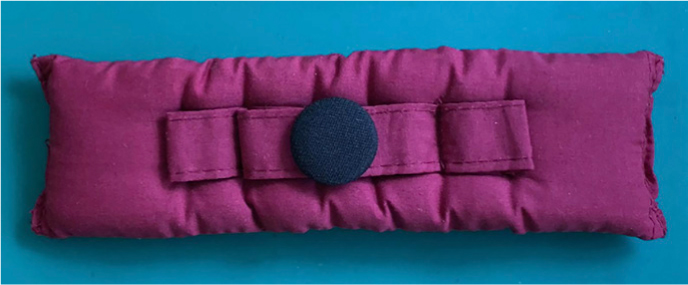Article
Personal protective equipment (PPE) is an essential form of barrier protection against cross-infection, which has recently been highlighted in view of the COVID-19 pandemic. For orthodontists, a key component of PPE is the face mask. Although there are various types of face masks available, each with their own relative advantages and disadvantages, the most commonly used face mask in a clinical setting is a mask designed with ear loops.
Face masks are now worn for prolonged periods and often the ear loops, which hold the mask in place, can also lead to discomfort due to the constant pressure of tight strings against the ears. A simple method to prevent behind-the-ear irritation is the use of a modified headgear pad, which can be used to support the loops of the mask, rather than the ears.
This technique only requires one headgear pad and either one or two strategically placed medium-sized buttons. Two buttons can be sewn either side of the headgear pad, or alternatively, one button can be sewn in the centre of the headgear pad (Figure 1). The ear loops of the face mask can then be placed around this button or buttons.

Headgear pads are washable, available in a variety of colours and constructed with a cotton blend designed to hug against the back of the head without adding extra pressure, making it comfortable for all-day wear. In addition, with headgear in less frequent use in modern orthodontics, many orthodontists have cupboards stocked with otherwise superfluous headgear pads which can be recycled. Alternatively, if no headgear pads are available, a suitable alternative, such as a rectangular piece of cotton cloth or headband, can be used to attach a button/buttons.
